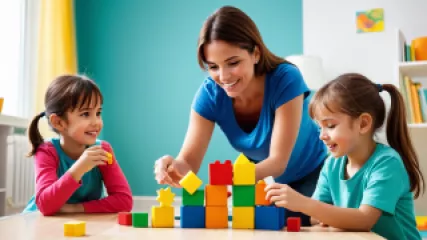Addressing Mental Health Stigma: A Research Summary
1 year ago
Mental Health Stigma
10 Best Virtual Counseling Services for Depression
1 year ago
Counseling Services
5 Steps to Resolve Relationship Conflicts Effectively
1 year ago
Navigating Relationship Conflicts
How Excessive Child Media Exposure Can Harm Mental Health
1 year ago
Child Media Exposure
How to Resolve Relationship Conflicts Effectively
1 year ago
Navigating Relationship Conflicts
Building Resilience in Children: A Step-by-Step Guide
1 year ago
Childhood Resilience Building
5 Proven Strategies to Reignite Motivation After Failure
1 year ago
Finding Motivation After Failure
The Ultimate Guide to Overcoming Addiction
1 year ago
Addiction
Discovering My Multiple Intelligences: A Personal Journey
1 year ago
Intelligence Theories
Why Managing Transitions is Crucial for Personal Growth
1 year ago
Managing Transitions
The Profound Impacts of Mindful Listening: An Empathetic Perspective
1 year ago
Mindful Listening Benefits
The Ultimate Guide to Overcoming Disappointment
1 year ago
Dealing with Disappointment
The Ultimate Guide to Accessing Online Counseling Services for Anxiety
1 year ago
Counseling Services
Navigating Life's Disappointments: An Interview with a Resilience Expert
1 year ago
Dealing with Disappointment
Resolving Relationship Conflicts: A Counselor's Perspective
1 year ago
Navigating Relationship Conflicts















